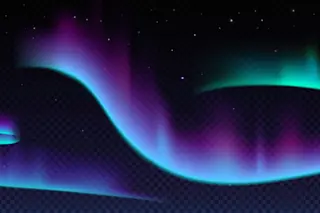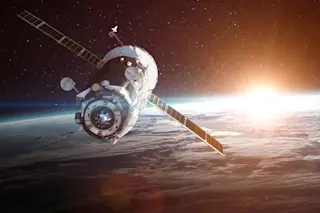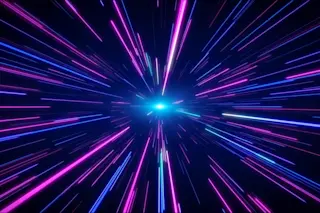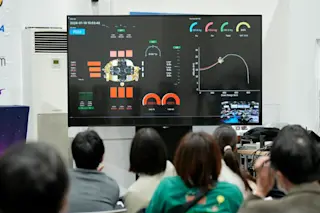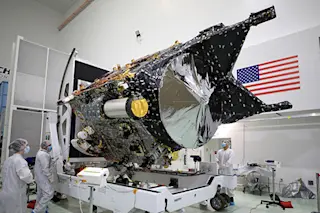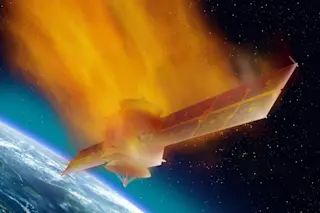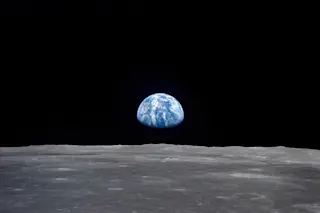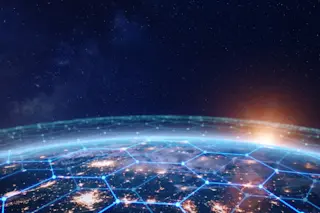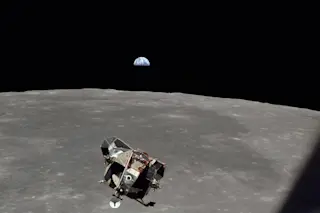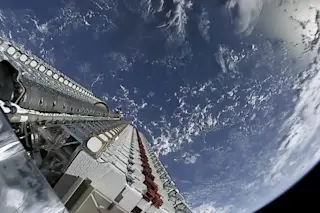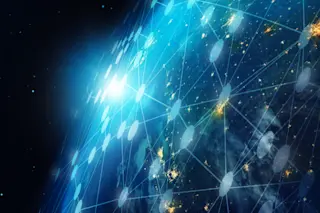Earlier this year, the Earth was hit by the most intense geomagnetic storms in twenty years. The most obvious consequences of the storm were the beautiful displays of aurora in the northern and southern hemispheres at unusual latitudes. In the following days, the internet was ablaze with these images.
But the storm also had more insidious consequences for the world’s rapidly growing population of satellites. Physicists have long known that these storms can fry circuits, interrupt communication and change the trajectories of objects in low earth orbit. So an important question is how these satellites fared during and after the storm.
Now we get an answer thanks to the work of William Parker and Richard Linares at the Massachusetts Institute of Technology in Cambridge, who have studied the impact of the storm on the entire catalogue of satellites in low earth orbit and beyond. They say the storm seriously disrupted ...


